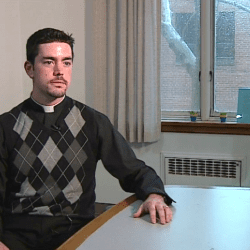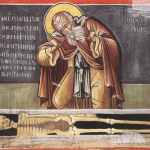This subject is coming up again now, as the Church wrestles with how to deal with the burgeoning sex abuse crisis. One common call: defrock priests who break their vows!
A few years ago, I looked at this issue on this blog and noted that, technically, the Church doesn’t “defrock”—and reminded readers that a priest is a priest forever, even if he is returned to the lay state.
As one canon lawyer noted a few years ago, the term “defrock” appears nowhere in canon law. Usually, when someone talks about “defrocking,” they’re referring to laicization, which is a more complicated canonical procedure. (As you’ll note below, that still means that a priest is a priest—Holy Orders cannot be removed— but he can no longer act as one.) However, in the case of the Polish monsignor, that’s not entirely accurate, either. Press reports indicate he was “suspended,” which suggests the punishment is not permanent and can be lifted.
Here’s how all this is described in canon law:
The proper canonical term for such a punishment is “dismissal from the clerical state.” It is also referred to as“laicization” or “forced laicization”. These terms mean that a priest is forbidden from exercising his priesthood for the rest of his life.
1338 §2. Privation of the power of orders is not possible but only a prohibition against exercising it or some of its acts; likewise, privation of academic degrees is not possible.”
While forbidden to exercise his priesthood for the rest of life, it should be remembered that a priest is a priest for life. Such is found in Canon Law.
Can. 290 “Once validly received, sacred ordination never becomes invalid. A cleric, nevertheless, loses the clerical state.
Check out the rest.













